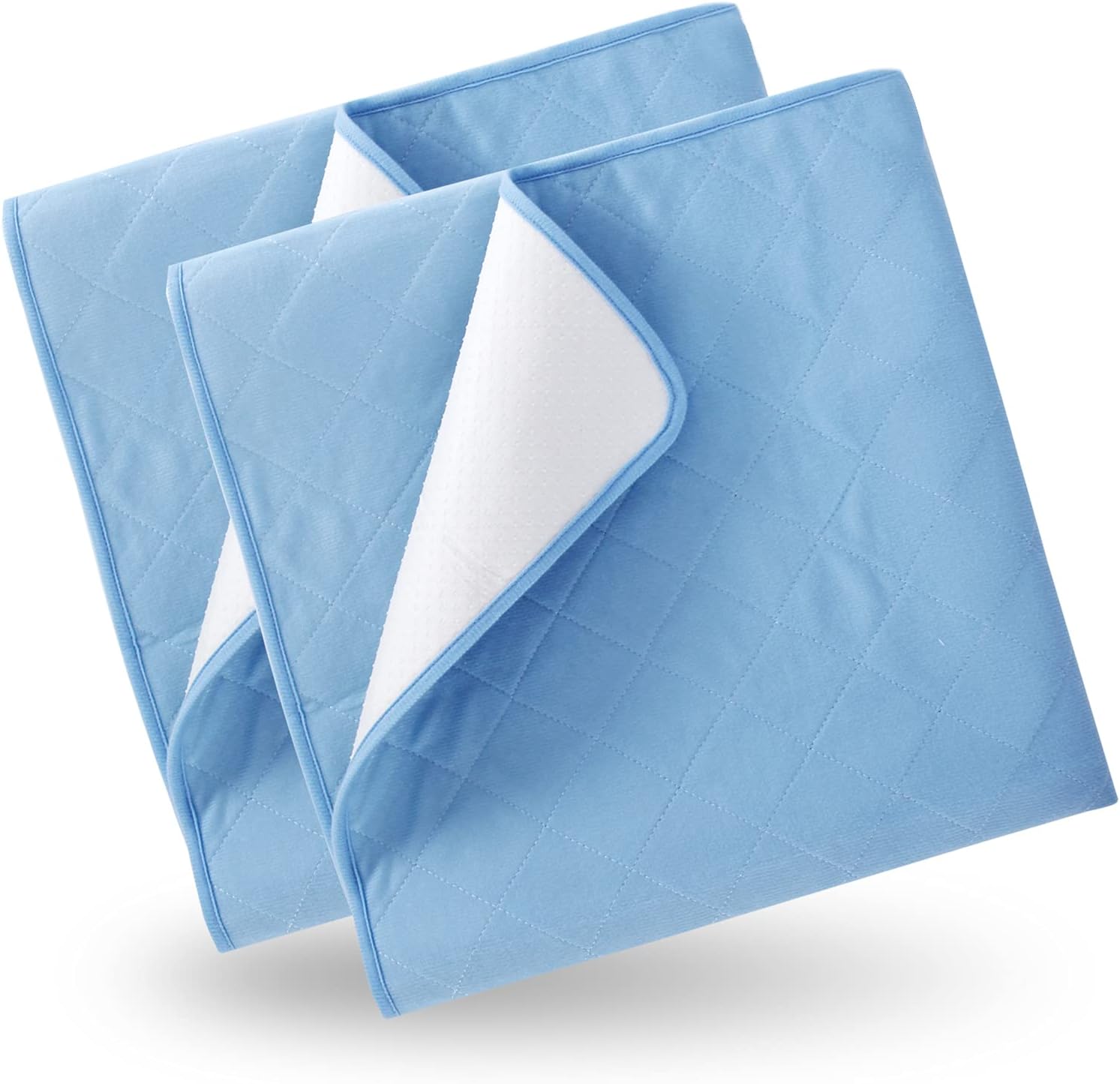When your toddler is ready to make the transition from crib to their first bed, it’s a milestone often accompanied with lots of exciting decisions, from selecting new bedroom decor to choosing the right bedding.
It’s usually only once you’ve decided on the bed and bought the duvet and bedding set that you start thinking about important safety questions, such as: when can a toddler use a pillow?The timing is very important. In addition to the timing, you have to consider the following questions.
At What Age Can My Toddler Have a Pillow?
Babies shouldn't be given pillows for the same reason they shouldn't be given blankets, stuffed animals and other soft items to use in their cribs. Anything plush poses a suffocation risk for infants. If your sleeping baby were to roll so his face pressed into a soft pillow, he may not be able to pull his mouth and nose away. A baby can also suffocate if his head gets stuck inside an open pillowcase.
Those risks diminish as your baby grows into a toddler. Some experts say it's safe to give your child a pillow when he's around 18 months old, but it's best to wait until he's at least 2. Even then, you might decide to hold off until he either asks for a pillow or moves from a crib to a bed. Offering an exciting new "big kid" pillow can help make that transition more appealing to a toddler who's resistant to leaving his cozy crib behind.
What Kind of Pillow Should My Toddler Use?
His body is small, so your toddler doesn't need an adult-size pillow. Look for one that's about the size of the pillows that airlines provide. They're typically no more than half the size of a typical bed pillow.
The right pillow is firm and fairly thin. Especially if your toddler is a very heavy sleeper, a thick, soft pillow still poses a small suffocation risk. And remember: He's been sleeping comfortably with no head support at all, so he doesn't need a plush feather or memory foam pillow as you might.
Choose a hypoallergenic pillow and cover it with a tight-fitting, hypoallergenic protector. Cover that with a zipping pillowcase so your toddler can't get his head wedged inside the case.
Other Factors to Consider for Safe
Once you’ve got your pillow dilemma solved, there’s some other important things to consider in your child’s bedroom to ensure safe toddler sleep. These are some of the fundamentals:
Secure Furniture to the Walls
Choose an Appropriate Bed
Remove all Suffocation & Strangulation Hazards
Check Smoke Alarms
Don’t Forget About Carbon Monoxide
Keep Your Child Informed
Hopefully this article will give your child a good and safe sleep experience.



